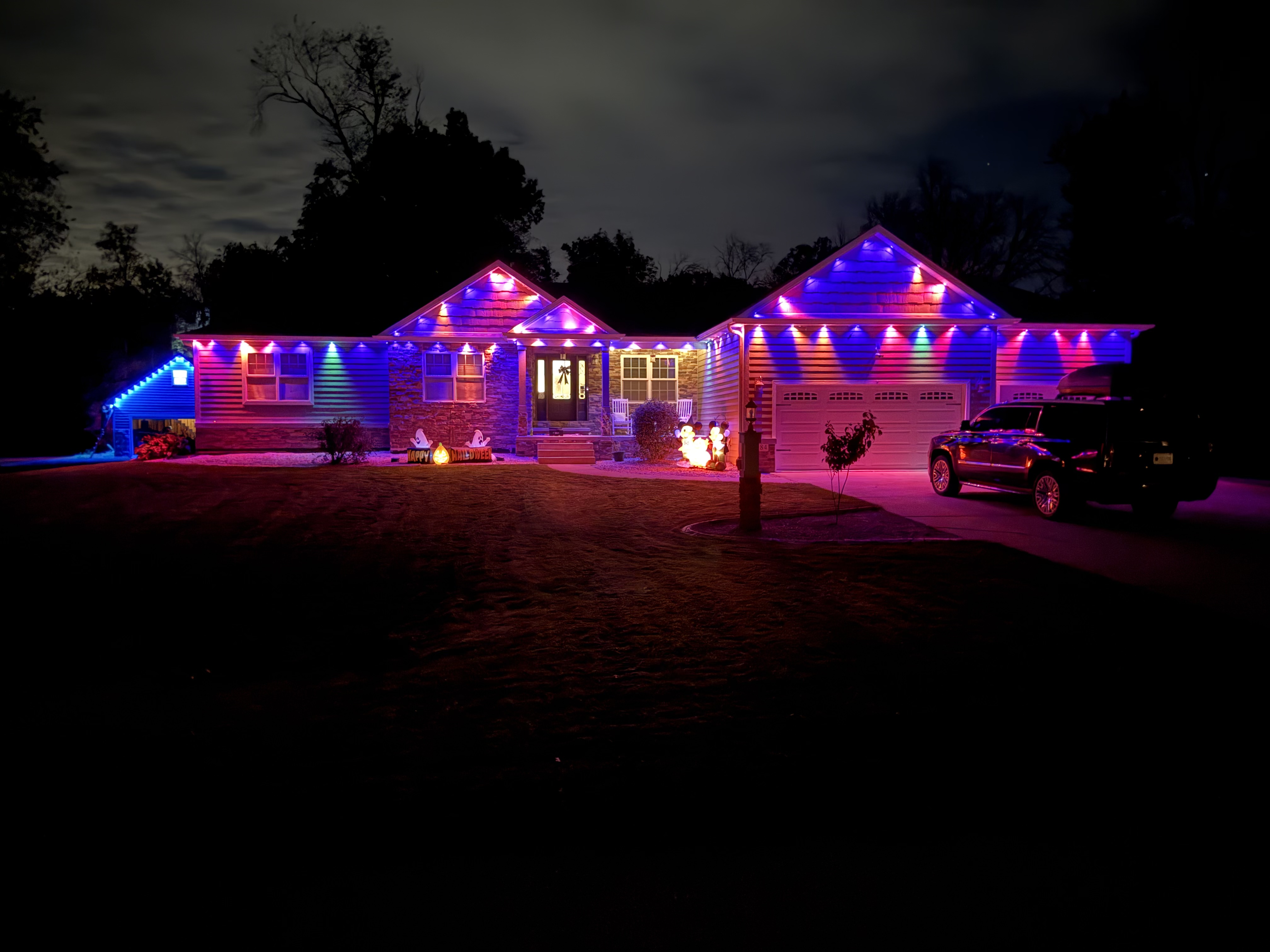
How to Increase Your Home's Value with Sustainable Remodeling Practices Jul 20, 2025
Sustainable remodeling goes beyond just reducing your carbon footprint; it encompasses energy efficiency, improved indoor air quality, and the use of quality materials that promise longevity. These aspects make your home more attractive to potential buyers and increase its market value. Start by thinking about the energy efficiency of your home. Simple upgrades like installing energy-efficient windows and doors can significantly reduce utility bills and are attractive selling points.
Solar panels are another addition that can drastically increase your home’s value. More homeowners are seeing the benefits of harnessing solar power not only for environmental reasons but also for the significant savings on electricity bills. The investment may seem considerable at first, but it pays off in the long run, especially when you consider the rising costs of traditional energy sources. Plus, solar panels are often a key feature that buyers look for in an energy-conscious market.
Next, consider the materials you use in your remodeling projects. Opt for sustainable and non-toxic materials. Bamboo, reclaimed wood, and recycled metal are excellent choices for flooring and fixtures. These materials are not only durable and less harmful to the environment but they also create a unique and appealing look in your home. By prioritizing renewable resources, you’re not just enhancing your home’s aesthetic—you’re also contributing to a healthier planet.
Water efficiency is another crucial area where improvements can be made. Replacing old appliances with water-efficient models, installing low-flow toilets, and upgrading to smart irrigation systems can dramatically reduce water consumption. With water becoming an increasingly precious resource, buyers are more inclined to pay a premium for homes equipped with modern, water-saving conveniences.
Another consideration is indoor air quality, which can be improved by using low-VOC paints and finishes. Volatile organic compounds (VOCs) are emitted from many traditional paints and can decrease indoor air quality. Opting for low-VOC products is an easy change that significantly enhances the air you breathe and improves health conditions, making your home more appealing to families with small children or individuals with allergies.
Finally, integrate smart technology. Smart home systems can control lighting, heating, and cooling remotely, optimizing energy use and providing added convenience and security. Energy-efficient homes that incorporate smart technology are in high demand, making this another valuable addition to your remodeling plans.
In conclusion, investing in sustainable remodeling practices not only contributes to a more eco-friendly home but also significantly boosts its market value. By upgrading to energy-efficient systems, opting for sustainable materials, improving water efficiency, and enhancing indoor air quality, you can make your home more attractive to potential buyers. At Risner Construction, we are committed to helping homeowners like you realize these benefits through superior construction and remodeling services. Embracing sustainability is more than a trend—it’s a wise investment for the future.
/filters:no_upscale()/media/a2b877b1-dd90-4c5c-a8e1-f3010603b0a4.jpeg)